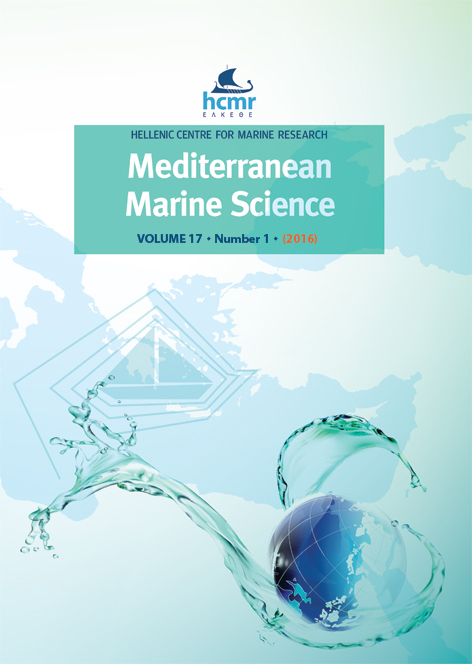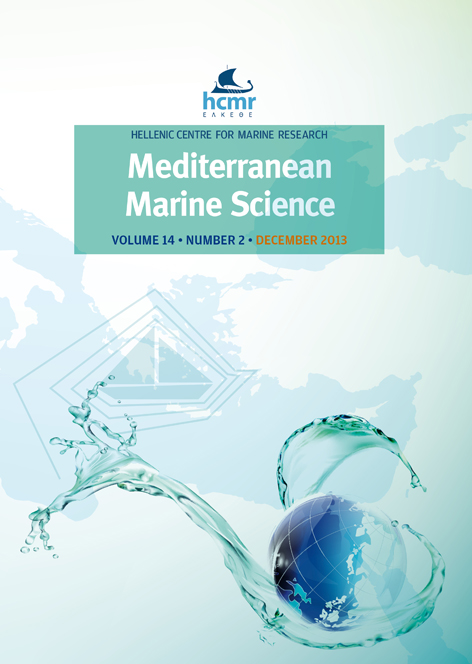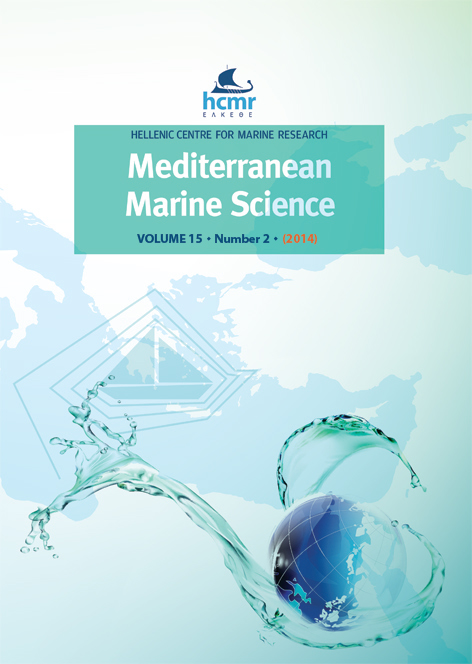Tracking the invasion of Hemiramphus far and Saurida undosquamis along the southern Mediterranean coasts: A Local Ecological Knowledge study
Résumé
Local Ecological Knowledge of 92 professional fishers from Tunisia and Libya was used to investigate on the occurrence and establishment of the exotic Hemiramphus far and Saurida undosquamis along the southern Mediterranean coasts. According to fisherman’s knowledge, H. far and S. undosquamis appeared in Libya, in 1980 and 1989 respectively. In Tunisia these species were observed afterwards, in 2004 and 2007. Currently both H. far and S. undosquamis result to be well distributed and established, along the entire surveyed area, from Tubrouk (eastern Libya) to Tabarka (western Tunisia). A statistical analysis of the qualitative trends in abundance perceived by the respondents show that both species have significantly increased in abundance in Tunisia. In Libya an increase of the abundance of H. far was also apparent during the first decade of the 21st century but the current abundance of S. undosquamis resulted to be stable at the level of occasional captures. Given the lack of regular environmental monitoring programmes in the area, these findings provide information that could not have been obtained otherwise. Besides improving our understanding on the status and chronology of these invasions, this approach highlights the value of fisherman’s knowledge to reconstruct ecological process in the course of rapid historical modifications.
Article Details
- Comment citer
-
BOUGHEDIR, W., RIFI, M., SHAKMAN, E., MAYNOU, F., GHANEM, R., BEN SOUISSI, J., & AZZURRO, E. (2015). Tracking the invasion of Hemiramphus far and Saurida undosquamis along the southern Mediterranean coasts: A Local Ecological Knowledge study. Mediterranean Marine Science, 16(3), 628–635. https://doi.org/10.12681/mms.1179
- Numéro
- Vol. 16 No 3 (2015)
- Rubrique
- Research Article
Authors who publish with this journal agree to the following terms:
- Authors retain copyright and grant the journal right of first publication with the work simultaneously licensed under a Creative Commons Attribution Non-Commercial License that allows others to share the work with an acknowledgement of the work's authorship and initial publication in this journal.
- Authors are able to enter into separate, additional contractual arrangements for the non-exclusive distribution of the journal's published version of the work (e.g. post it to an institutional repository or publish it in a book), with an acknowledgement of its initial publication in this journal.
- Authors are permitted and encouraged to post their work online (preferably in institutional repositories or on their website) prior to and during the submission process, as it can lead to productive exchanges, as well as earlier and greater citation of published work (See The Effect of Open Access).







